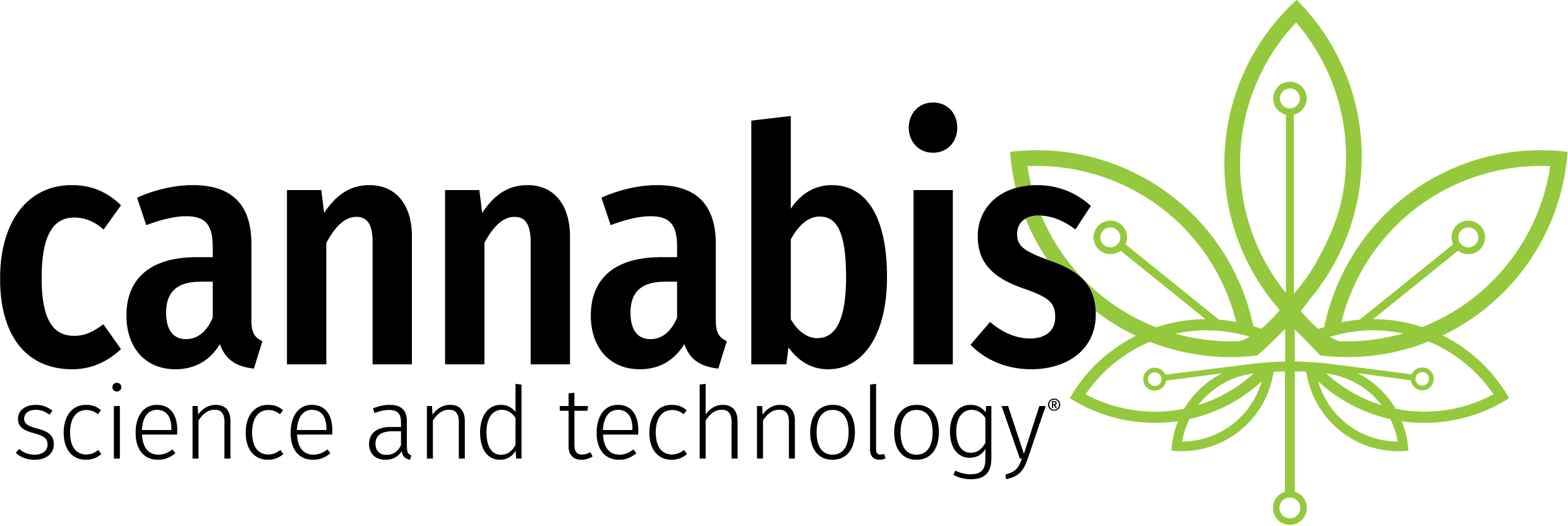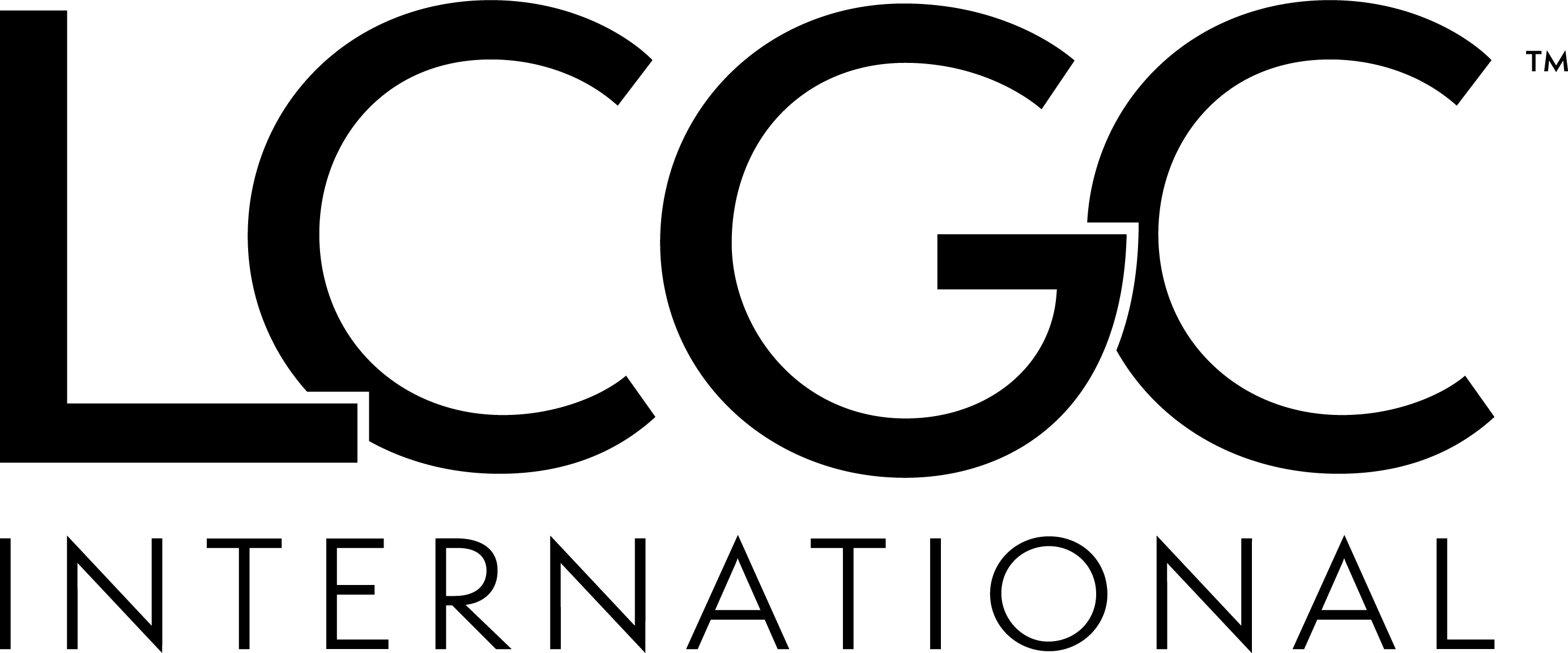- Applied Clinical Trials-05-01-2024
- Volume 33
- Issue 5
A Promising Future for Oncology R&D
While recent improvement in clinical trial enrollment levels in cancer may seem modest, there are notable advancements moving the needle in expanding the pool of potential participants, as our May issue explores.
Oncology clinical trials have always been a unique area in the R&D landscape. One of their greatest and longest-standing challenges has been enrollment. The number of patients participating in clinical studies for cancer, when compared to overall levels, has always been heavily lopsided to the low end—and even further so when you measure minority patient populations specifically. However, change could be on the way. According to a recent
While the improvement seems marginal, what are some of the advancements moving the needle in perhaps expanding the pool of potential participants in oncology studies? To that end, our May issue of Applied Clinical Trials examines what the future landscape of oncology R&D could look like.
Leading off our coverage is
Wrapping up our May feature articles is an
Again, while recent increases in cancer trial enrollment seem minimal at the moment, with the innovations showcased in this issue of ACT (also check out our
As always, thank you for reading.
Mike Hennessy Jr is president and CEO of MJH Life Sciences®
Articles in this issue
over 1 year ago
Applied Clinical Trials May 2024 Issue (PDF)over 1 year ago
Where Innovation and Patients Meet to Improve Cancer Careover 1 year ago
A Fun and Insightful Exploration of Behavioral Scienceover 1 year ago
Accelerating the Progress of Kinase Inhibitors in Oncologyalmost 2 years ago
Artificial Intelligence Drives Industry Response to Project OptimusNewsletter
Stay current in clinical research with Applied Clinical Trials, providing expert insights, regulatory updates, and practical strategies for successful clinical trial design and execution.


.png)



.png)



.png)
.png)
